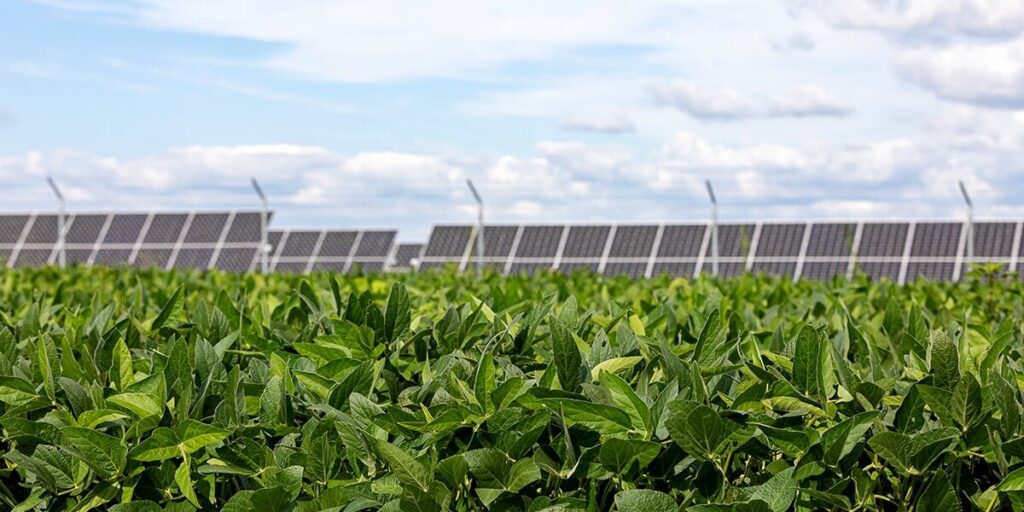Welcome back to our series on Rural Energy for America Program (REAP) grants. In this installment, we turn our attention to the powerful impact of solar photovoltaic (PV) energy on rural businesses.
As we explore this topic, we’ll see how solar PV adoption isn’t just a trend – it’s a seismic shift that delivers substantial economic and environmental benefits to rural businesses and their local communities.
Let’s dive in.
Harnessing the Sun: Financial Empowerment for Rural Enterprises
Switching from traditional energy sources to solar provides rural businesses and agricultural producers with immediate utility bill savings that directly impact their bottom line. This transition is more than just a cost-saving measure – it’s a strategic investment in long-term financial stability. With lower energy expenses, businesses can redirect limited resources to other critical areas, enhancing their overall economic health.
For rural enterprises, investing in PV technology aligns perfectly with the REAP initiative’s goals of sustainable local economic development.
Solar’s Role in Rural Energy Independence and Environmental Stewardship
Solar energy offers a new level of reliability and consistency, which is crucial for rural businesses. Using PV technology, these enterprises can significantly reduce their dependence on the traditional power grid, which is often unreliable in less urbanized areas.
Furthermore, generating their own energy empowers these businesses, fostering a sense of autonomy and security. This self-sufficiency not only mitigates risks associated with grid dependency, but it also contributes to a more resilient and sustainable energy landscape in rural America.
Better still, going solar can significantly reduce carbon emissions – a shift that not only benefits the environment but also enhances a business’s appeal to eco-conscious consumers. So in addition to immediate savings, investing in solar can help businesses become more competitive as users increasingly gravitate towards sustainable companies that care about the planet.
Harnessing the Sun: 2 Shining Examples of Rural Solar Success
Investing in solar offers significant economic advantages for rural enterprises. APC Solar’s expertise in maximizing REAP grant benefits further amplifies these successes, as demonstrated by these real-world examples.
Circle M Poultry Farms
Installed a 99.75 kW PV system, resulting in a 92% reduction in grid energy usage.
They achieved a payback period in just 5.9 years, with monthly savings nearing $1,000, leading to an estimated $500,000 in savings over the PV system’s lifespan. This case highlights the significant cost-cutting potential of solar in the agricultural sector.
Quapaw Food Service Authority
Their 844-panel, 299.63 kW PV system generates 444,413 kWh annually, reducing grid reliance by a staggering 75%.
The project broke even in 7 years, with a projected cumulative cash flow of $1,934,000 over 30 years. This example demonstrates the substantial long-term financial gains from solar energy in rural commercial settings.
These real-world examples underscore solar energy’s role in bolstering the economic health of rural businesses. By significantly reducing operational costs and providing impressive returns, solar energy is an investment that delivers financial and environmental dividends for decades.
Ready to Tap into These Solar Benefits?
Solar energy offers immediate utility bill savings and long-term financial resilience to rural stakeholders, all while significantly reducing their carbon footprint. Additionally, it enhances their competitive advantage, contributing to the broader economic development of the communities they serve. These benefits are greatly amplified when you qualify for generous grant funding through government initiatives like the Rural Energy for America Program.
Stay tuned for our next segment, where we’ll dive into navigating the USDA REAP grant application process.
In the meantime, contact our energy experts for a free property inspection and solar quote.
